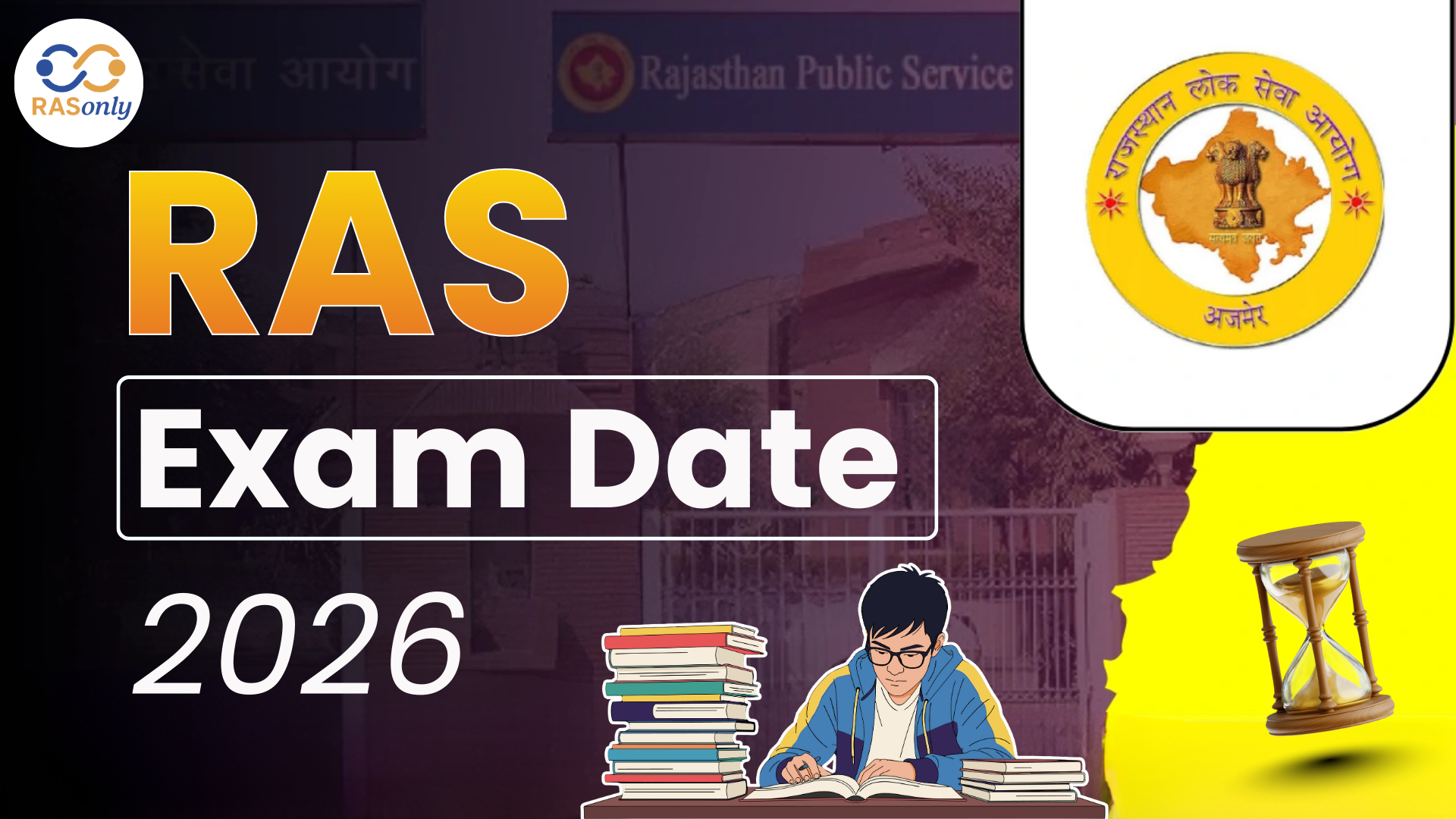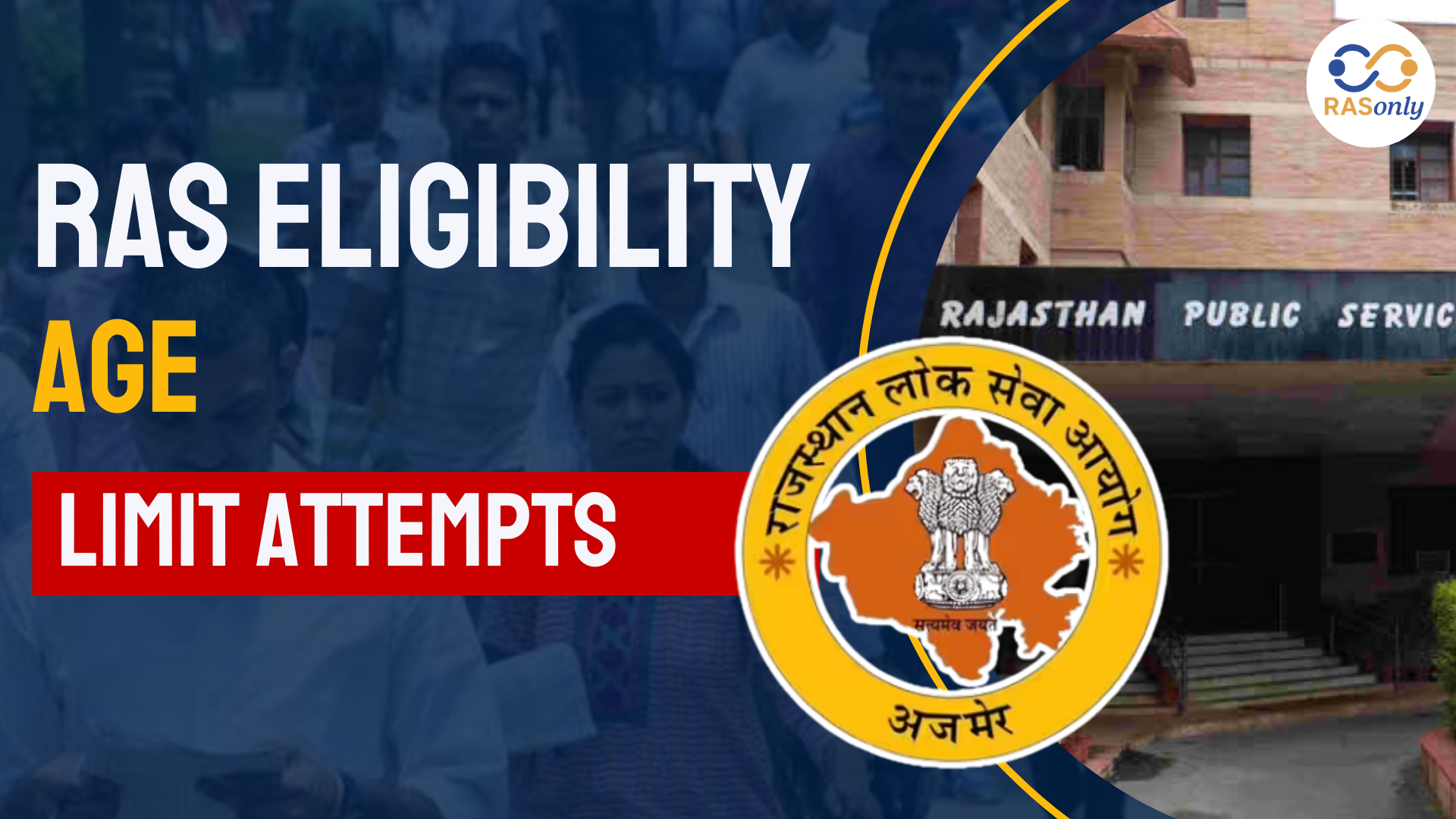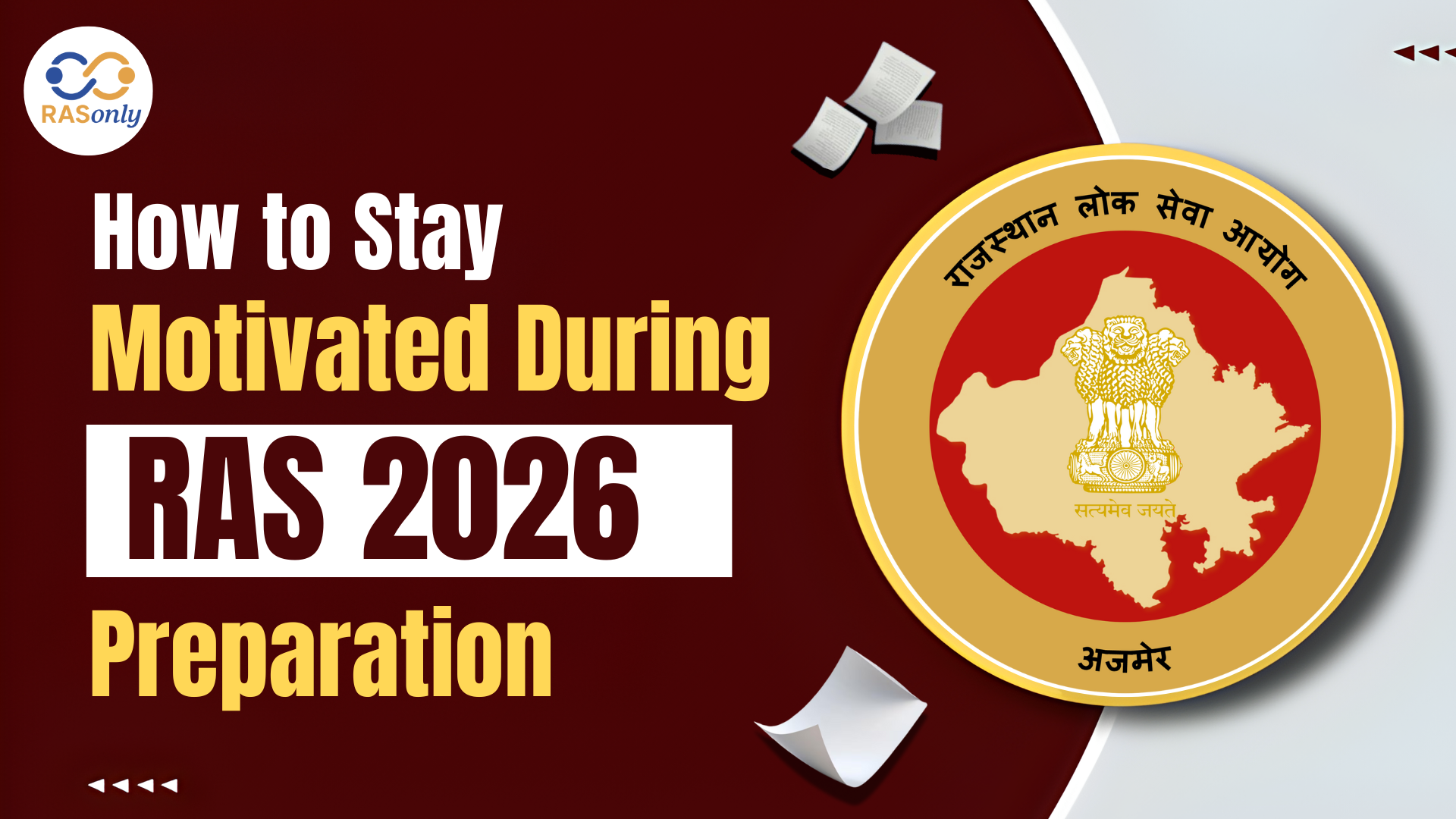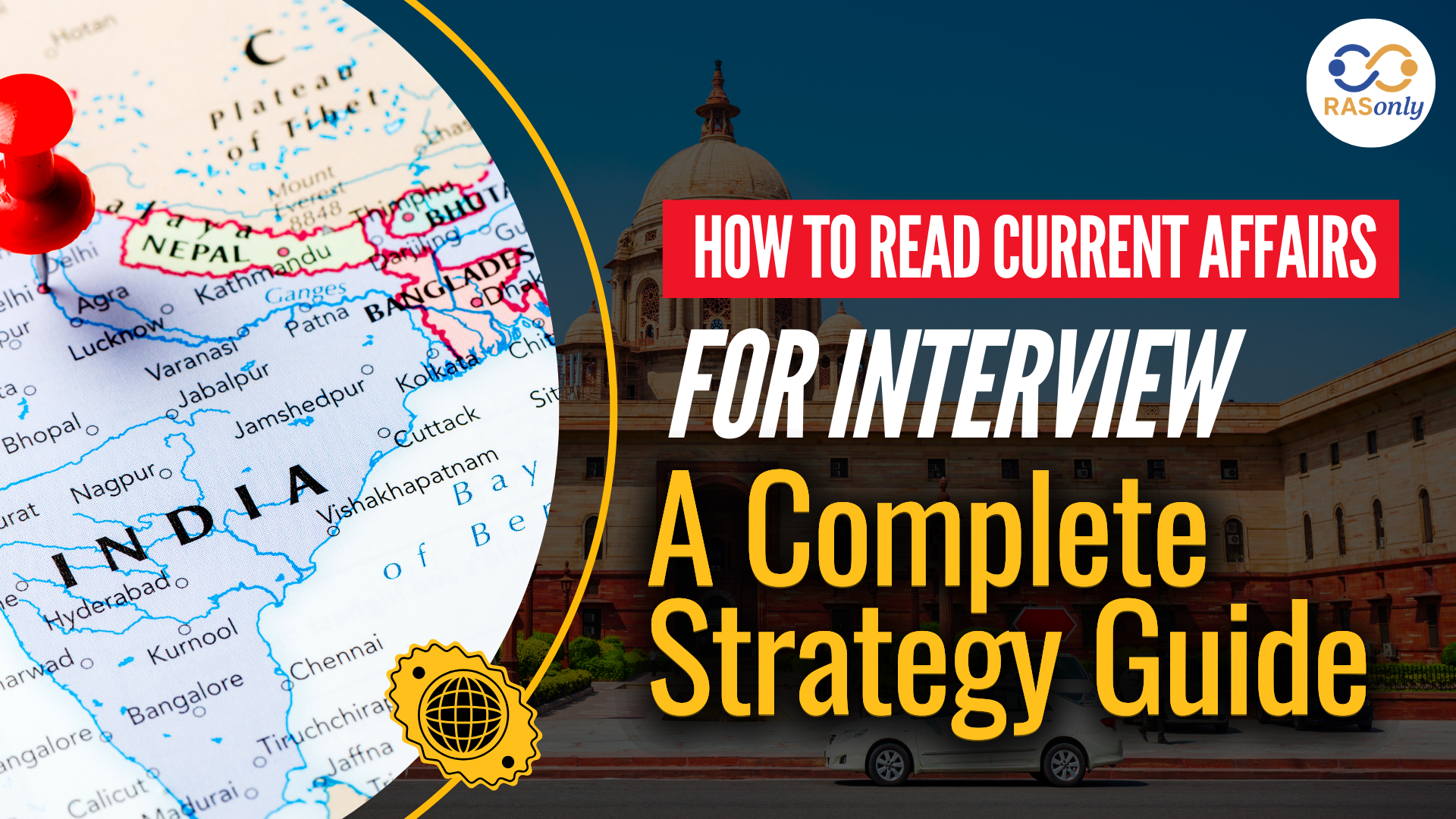RAS Exam Date 2026 for Notification, Prelims, Mains Date
- >
- RAS Preparation Resources
- >
- SAARC: Formation, Members, Significance
SAARC: Formation, Members, Significance

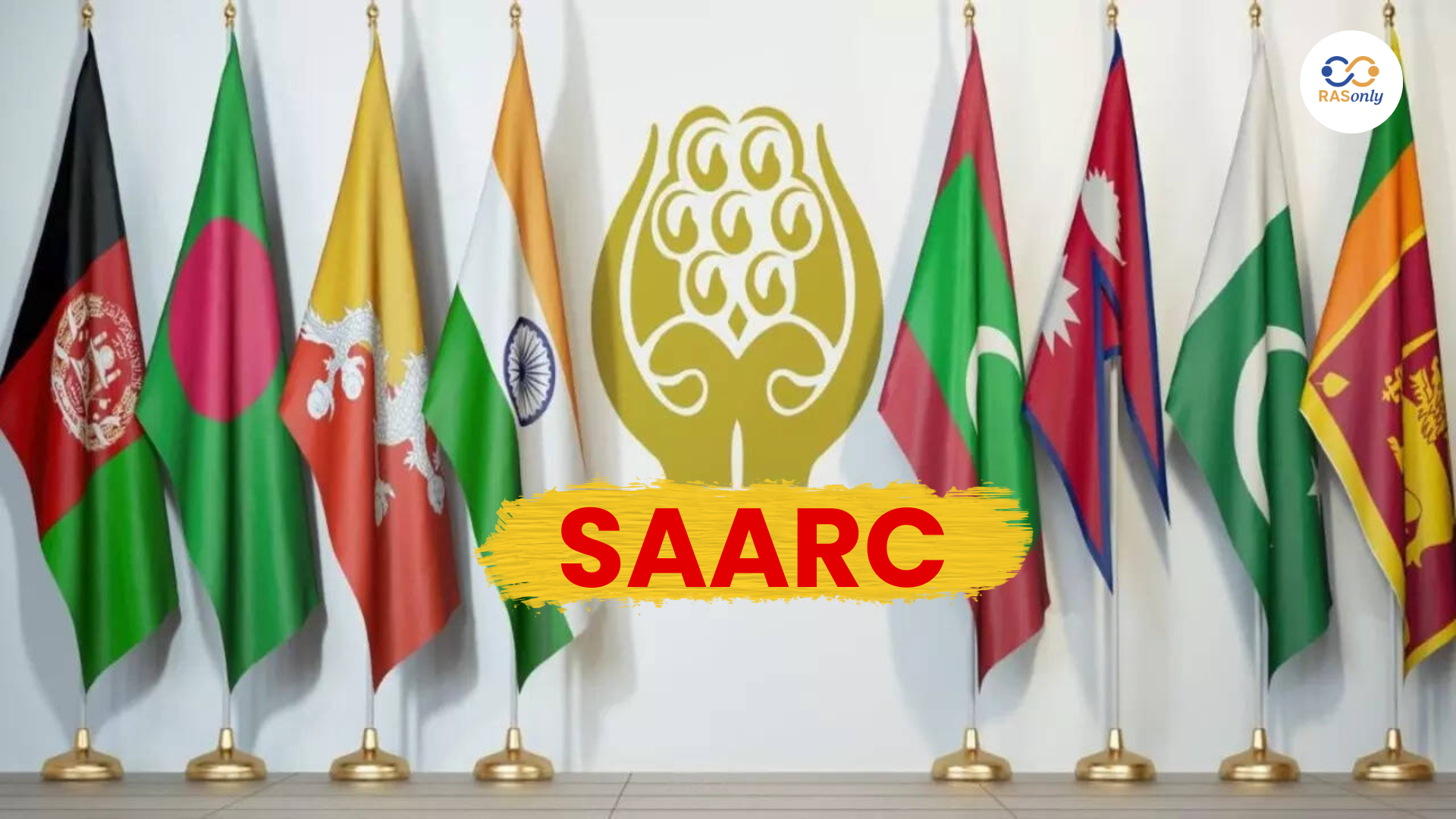
SAARC was formed in 1985 as a regional platform where South Asian nations could promote peace, economic cooperation as well as development. In spite of establishing the institutional framework and an agreement on some of the contracts, SAARC is inert, primarily driven by the India Pakistan crossfire. Increasing influence of China in the South Asia context and the formation of BIMSTEC have left SAARC further on the back seat. Hypothetical failures entail weak realization of agreements such as SAFTA, unavailability of systems of resolving conflicts and trust gaps. A restructured SAARC is still necessary to peaceful relations of the region, mutual growth, and opposing external challenges such as intrusion into the region by China.
Key Points for RAS Mains
History and Mindset of SAARC
- Created in: 1985 Dhaka, Bangladesh.
- Head office: Kathmandu, Nepal.
- Afghanistan (2007), Bangladesh, Bhutan, India, Maldives, Nepal, Pakistan, and Sri Lanka 8.
- Observer States: 10 - contains China, USA, EU, Iran, Japan, Myanmar, Australia.
- Language: English.
Goals (according to SAARC Tertium):
- Enhance welfare, economic, social progress, and cultural development.
- Increase self reliance and solidarity in South Asian states.
- Increase the levels of trust and understanding among member nations.
- Improve the cooperation with the developing countries and the international organizations.
SAARC Institutions & Specialized Bodies
|
Body |
Location |
Function |
|
South Asian University (SAU) |
India |
Higher education & research |
|
SARSO |
Dhaka |
Regional standardization |
|
SAARC Development Fund (SDF) |
Bhutan |
Project-based funding |
|
SAARC Arbitration Council (SARCO) |
Pakistan |
Legal dispute resolution |
The importance of SAARC
- The biggest regional grouping in South Asia, ~1.9 billion people.
- Serves as a solution to a regional diploma and crisis control (COVID-19 video summit by PM Modi).
- Gave civil society bridge capabilities and track-two diplomacy tools.
- Institutional development: SAARC summits, secretariat, thematic agreements (e.g. on terrorism/environment).
- Established structures such as South Asian Free Trade Area (2004) and South Asian University of cooperation.
Achievements
- Formed unity in health, education, agricultural, disaster relief and poverty alleviation.
- The SAFTA (2004) was to be an improvement in tariffs and stimulation of regional trade.
- Emergency fund COVID-19 established by the initiative of the SAARC (2020).
- The period of the summit diplomacy has enabled the India-Pakistan leaders to interact informally.
- Top contributors to the Peacekeeping Forces of the UN are member nations.
Losses and Shortcomings
- Structural and Political problems
- SAARC has been weakened by the rivalry between India and Pakistan since the last summit of 2014.
- No reference mechanism to deal with bilateral problems.
- The smaller nations fear that Indian countries dominate as a result of asymmetry of power distribution.
- Poor implementation
- SAFTA stagnated: Pakistan did not allow too many imports of Indian goods and flouted the objectives of SAFTA.
- Pakistan blocks SAARC -MVA (Motor Vehicle Agreement).
- Pakistan rejected SAARC Satellite although offered by India.
- Terrorism and Security
- Pakistan terrorism is a major issue concerning India; there is no collaborative system to curb that problem.
- The conventions on terrorism of 1987 and 2004 are ceremonial.
- Non-Responding to a Pandemic
- SAARC was unable to operate in concert on COVID-19, vaccine equitability, or the emergency response.
- Financial Constraint and Functional Constraint
- Insufficient funding, dreadful state contributions and frail secretariat.
- Bilateralism>Multilateralism: Nations would rather do bilateral agreements because it takes less time to achieve results.
Conclusion for RPSC
SAARC is the only means whereby all the countries of South Asia come together offering the region a distinct chance of becoming integrated, economically developed, and safeguarding each other. Its losses are more political rather than structural. Through the pragmatism of geopolitics and reform, SAARC can be a tower of strength and coherence at the South Asian level
Post Category
- RAS Salary
- Result
- RAS Admit Card
- RAS Job
- RAS Cutoff
- Preparation Tips
- RAS Answer Key
- RAS Exam Analysis
- RAS Syllabus
- RAS Previous Year Papers
- RPSC RAS Exam Pattern
- RAS Interview
- RAS Mains Exam Date
- RAS Vacancy
- RAS Test Series
- RAS Best Books
- RAS Preparation Resources
- RAS Coaching Centre
- History
- Polity
- Geography
- Economics
- Science
- Art and Culture
- RPSC RAS Application Form
- RPSC RAS Notification
RASonly Interview Guidance Program

Mr. Ashok Jain
Ex-Chief Secretary Govt of Rajasthan
- IAS officer of the 1981 batch, Rajasthan cadre.
- Passionate about mentoring the next generation of RAS officers with real-world insights.
- Got retired in Dec 2017 from the post of Chief Secretary of the state of Rajasthan.

Mr. Guru Charan Rai
Ex-ASP / SP in Jaisalmer
- Guru Charan Rai, IPS (Retd), retired as Inspector General of Police (Security), Rajasthan, Jaipur in 2017.
- Served as ASP and SP in Jaisalmer, Nagaur, Sri Ganganagar, Sawai Madhopur, Dausa, Sikar, and Karauli.
- He also held key positions as DIGP and IGP in the Law and Order division.

Mr. Rakesh Verma
Ex-IAS Officer, B.Tech, MBA, and M.A. (Economics)
- IAS officer of the 1981 batch and retired in Chief Secretary Rank.
- Civil servant of high repute and vast experience.
- Has been teaching UPSC CSE subjects for the last six years.
Related Post
👉🏻 Register Today to Join Classes! 👍🏻
- Team RASOnly -
🎯 Benefits of RASOnly Coaching:
- ✅ 1:1 Mentorship with RAS Officers
- ✅ Experienced and Expert Faculty
- ✅ Free Library Access
- ✅ Daily Minimum 4 Hours Must
- ✅ Comprehensive Study Material
- ✅ Regular Tests & Performance Analysis
- ✅ Personalized Guidance & Doubt Solving
- ✅ Online & Offline Class Options
- ✅ Affordable Fees with Quality Education
Key Highlights:
- 👉🏻 3-Day Refund Policy
- 👉🏻 New Batch Starting from 04 August
- 👉🏻 Registration Amount: Only ₹1000

